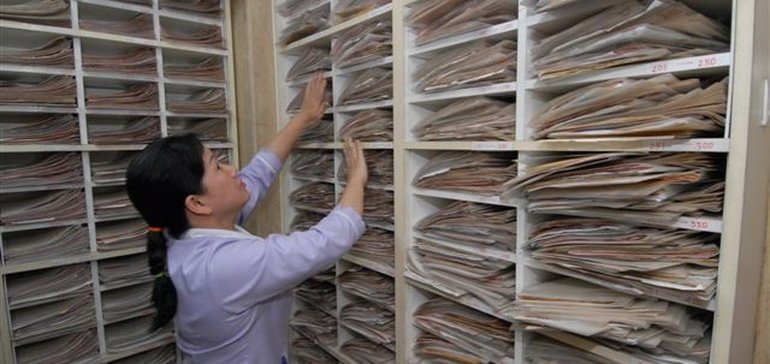
Dive Brief:
- A new report by the HHS Office of Inspector General indicated that inpatient hospital stays have become more expensive to the Medicare program, even before the COVID-19 pandemic began to severely disrupt the U.S. healthcare system a year ago.
- HHS OIG analyzed Medicare Part A claims for inpatient stays from fiscal year 2014 through 2019. The analysis found that hospitals are “increasingly billing for inpatient stays at the highest severity level, which is the most expensive one.” The priciest stays — those accompanied by a significant medical complication — rose nearly 20% over the six years that were examined. The price gap between the highest and lowest Medicare Severity Diagnosis Related Group can be more than double for treating the same illness such as pneumonia ($ 4,175 versus $ 8,505).
- The OIG recommended that CMS conduct targeted billing reviews, with a particular focus on hospital stays that are “vulnerable to upcoding, as well as hospitals that frequently bill them.”
Dive Insight:
Upcoding of medical procedures is nothing new in the medical community, but the new HHS OIG report suggests it is now going on in the most expensive corner of healthcare delivery: inpatient hospital stays.
According to the report, nearly half of Medicare’s hospital expenditures were for inpatient stays billed at the highest severity level in fiscal 2019, $ 54.6 billion in total. The average high severity stay cost Medicare $ 15,500.
High severity stays are usually blamed on a significant medical complication that occurs during the patient’s course of care in the hospital. Of the upward bump that occurred between fiscal 2014 and 2019, 54% of the most severe stays were due to a single major complication. Kidney and urinary tract infections, pneumonia and renal failure were the most likely conditions to have a complication that led to a high severity classification.
While high severity stays rose between fiscal 2014 and 2019, low and medium severity stays actually dropped 22% and 12%, respectively. The bump in high severity stays cost Medicare at least $ 10 billion over the timeframe that was examined, even though the average length of stay for this cohort dropped to 6.4 days from 6.9 days. Low- and medium-severity stay durations also dropped, but not as sharply. Nearly 30% of high severity stays were significantly shorter than the average.
“Inpatient hospital billing in the years prior to the pandemic indicate that, going forward, attention should be paid to billing of stays at the highest severity level,” the report’s authors concluded, noting that the pandemic has put a significant strain on the finances of U.S. hospitals.
Meanwhile, the American Hospital Association, America’s Essential Hospitals and other lobbying organizations for providers asked Congress on Thursday for additional funding to get through the remainder of the COVID-19 pandemic.
“Our hospitals and health systems remain committed to caring for patients throughout the pandemic,” read a portion of the letter to Senate leaders. “But we need additional funding to both participate in the vaccination efforts as well as care for large numbers of critically ill patients, maintain sufficient staffing and continue to acquire enough personal protective equipment and other resources necessary to do this critical work.”
